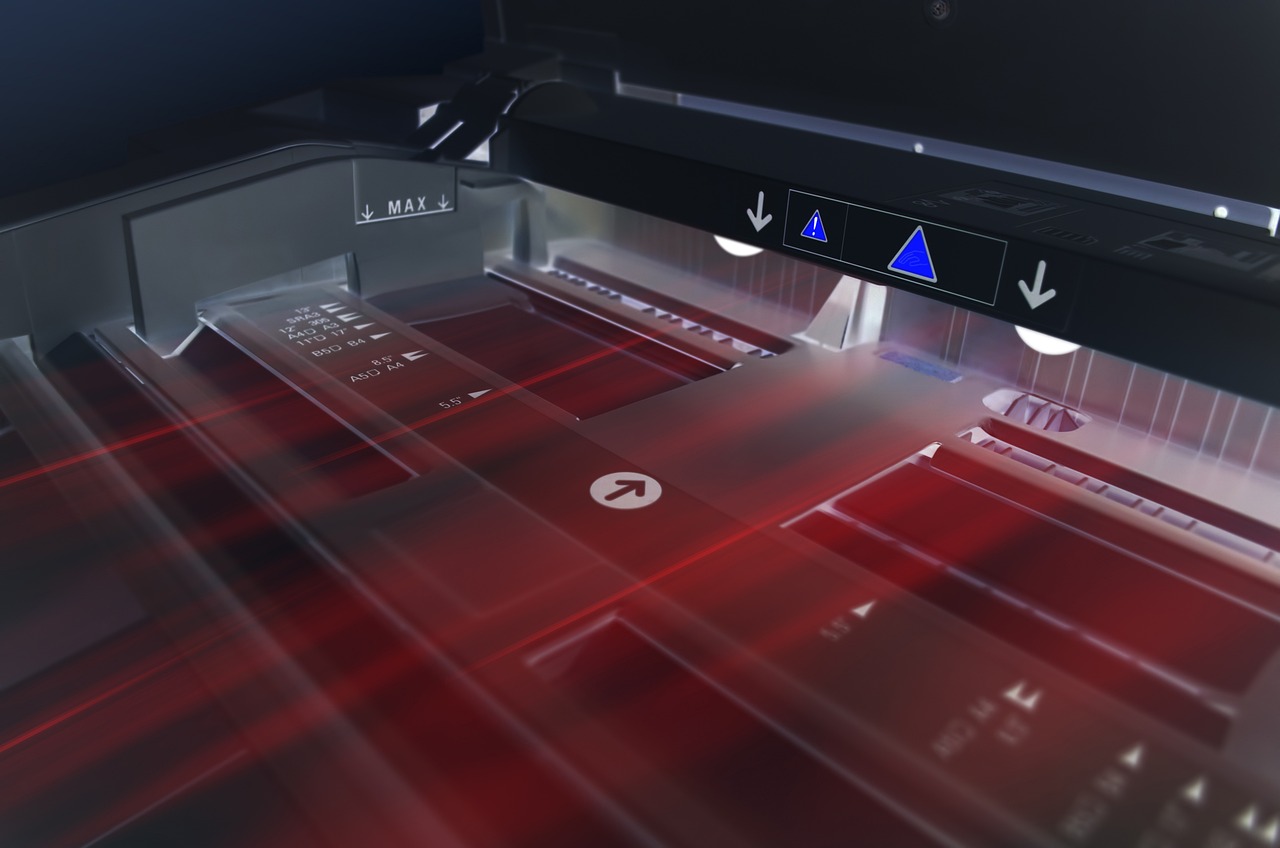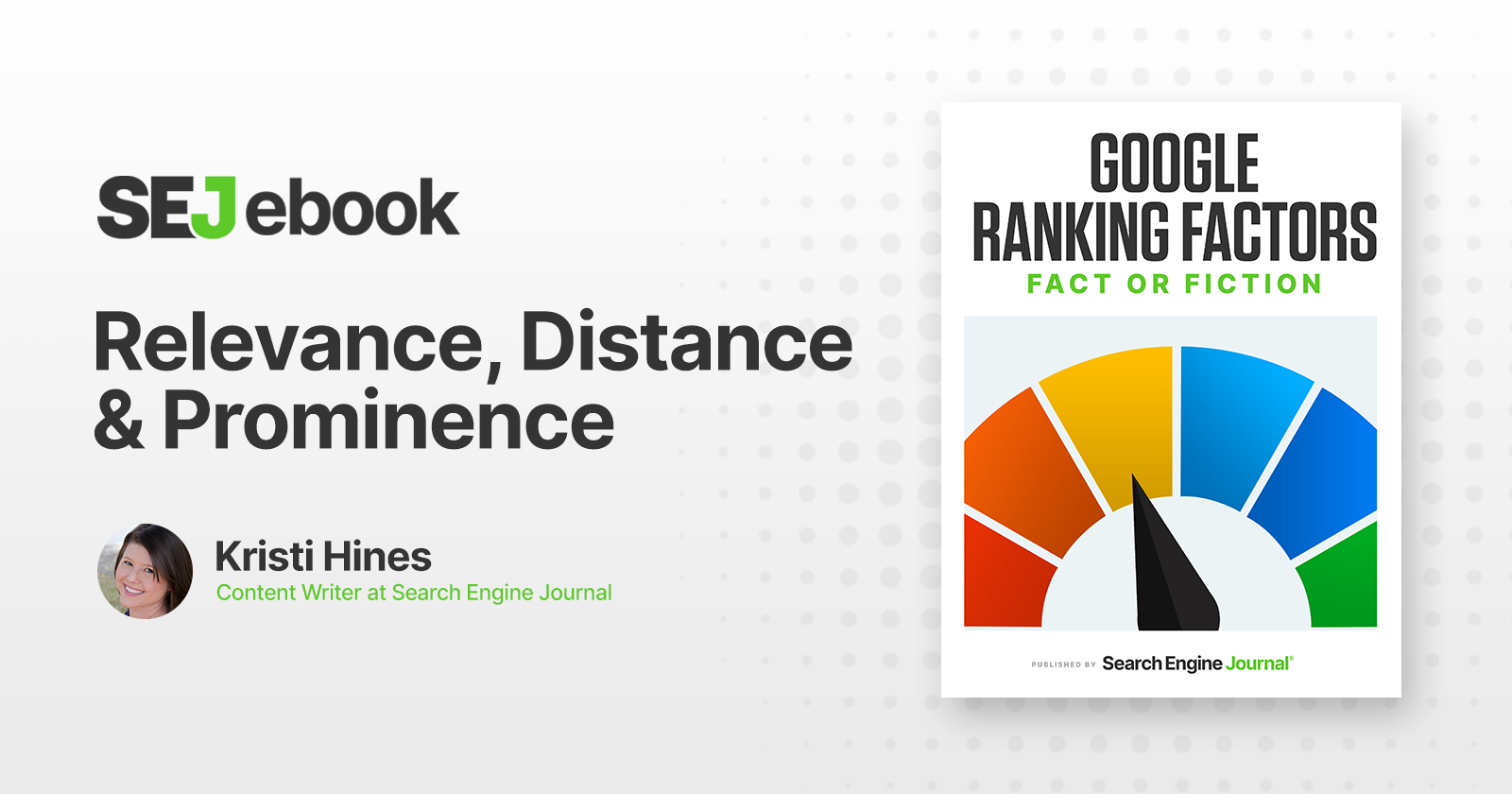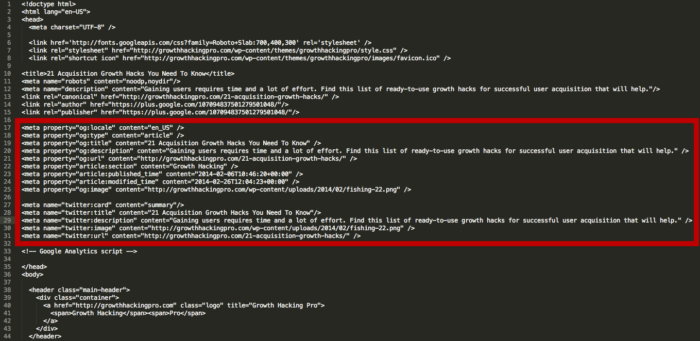The Print Evolution: Unleashing Creative Brilliance
The historical significance of print spans centuries, marking pivotal moments in communication, education, and culture. However, the digital age revolutionized the landscape, challenging traditional print paradigms and sparking an evolution in its very essence. This article delves into this...

The historical significance of print spans centuries, marking pivotal moments in communication, education, and culture. However, the digital age revolutionized the landscape, challenging traditional print paradigms and sparking an evolution in its very essence. This article delves into this transformative journey, aiming to unravel the dynamic interplay between print’s development and its untapped creative possibilities, inviting readers to explore the nuanced facets that have shaped its trajectory and potential.
The Evolution of Print
The early history of print technology stands as a testament to human ingenuity, tracing its roots back to ancient civilizations and the advent of movable type by Johannes Gutenberg. This pivotal invention marked a revolutionary leap forward, democratizing information dissemination and shaping the very fabric of societies by fostering a culture of literacy and knowledge exchange. Subsequent strides during the Industrial Revolution propelled print into mass production, fostering widespread access to literature, newspapers, and educational materials, fundamentally altering the dynamics of information flow and societal discourse.
The emergence of digital printing techniques in recent decades represents a seismic shift in print’s evolution, transcending the limitations of traditional methodologies. This shift has ushered in an era of unparalleled flexibility, precision, and customization, enabling various applications across industries. The print industry is witnessing a confluence of trends driven by technological advancements, sustainability imperatives, and a renewed focus on personalized experiences. These trends encompass a spectrum ranging from augmented reality integration in print media to adopting eco-friendly materials and innovative design approaches, shaping the trajectory of print’s evolution in an ever-evolving landscape of creativity and functionality.
The Impact of Technology on Print
The print industry has undergone a monumental transformation due to technological advancements that have redefined its essence. Advancement in printing technology including custom printing have propelled traditional methods into a new era, enhancing precision, speed, and customization capabilities. Integrating sophisticated digital tools has revolutionized print production, offering unprecedented creativity and adaptability. Furthermore, the disruptive influence of 3D printing has expanded the horizons of what’s achievable, enabling the creation of intricate designs and prototypes with unparalleled detail and efficiency. Complementing these innovations, the infusion of AI and automation has become a cornerstone, optimizing workflows, predicting trends, and revolutionizing print innovation with heightened efficiency and quality, underscoring technology’s indispensable role in reshaping the future of print.
Creative Adaptation in Print
In the contemporary print landscape, exploring new design possibilities redefines the boundaries of creativity. Designers and creators are pushing the envelope, experimenting with unconventional layouts, typography, and visual elements to captivate audiences in fresh and innovative ways. Moreover, customization and personalization have become linchpins in print, offering tailored experiences that resonate deeply with individuals. By integrating age-old craftsmanship with cutting-edge technology, print artisans are crafting pieces that honor heritage while embracing the efficiencies and possibilities of contemporary methods, resulting in a rich tapestry of innovation that bridges the past and the present.
Sustainability and Print
Within the print industry, environmental concerns have taken center stage as consciousness about ecological impact grows. These concerns revolve around paper waste, chemical emissions, and energy consumption. There’s a pivotal shift towards eco-friendly practices and materials to address this. Printers increasingly opt for recycled paper, vegetable-based inks, and environmentally conscious production processes to reduce their carbon footprint. Moreover, innovations in sustainable printing methods, such as waterless printing and energy-efficient technologies, pave the way for a more eco-conscious approach to print production.
Print in the Digital Age
The relationship between print and digital media is evolving into a symbiotic partnership, showcasing the complementarity of both realms. While digital platforms offer immediacy and interactivity, print’s unique advantages resonate in a digital-centric world. Print’s tangibility and credibility foster trust and engagement, standing out amidst the digital noise. Strategies for integrating print into a digital marketing landscape involve leveraging these strengths. Hybrid campaigns that bridge both mediums effectively capture attention and enhance brand recall. Techniques like QR codes linking print to online content or personalized print materials tied to digital experiences create a seamless, omnichannel approach that maximizes audience reach and engagement. This integration requires a strategic fusion, recognizing the nuanced strengths of each medium within a cohesive marketing strategy.
In conclusion, tracing print’s evolution from its historical roots to its current creative zenith highlights its resilience and adaptability. Embracing print’s inherent capacity for innovation is crucial in navigating a rapidly changing landscape. As technology continues to evolve, recognizing the enduring relevance of print within this dynamic media milieu underscores its irreplaceable role in storytelling, brand communication, and forging tangible connections in an increasingly digital world.

 Tfoso
Tfoso 
































